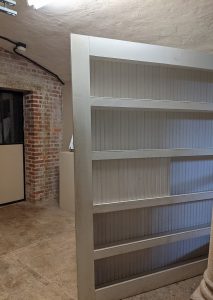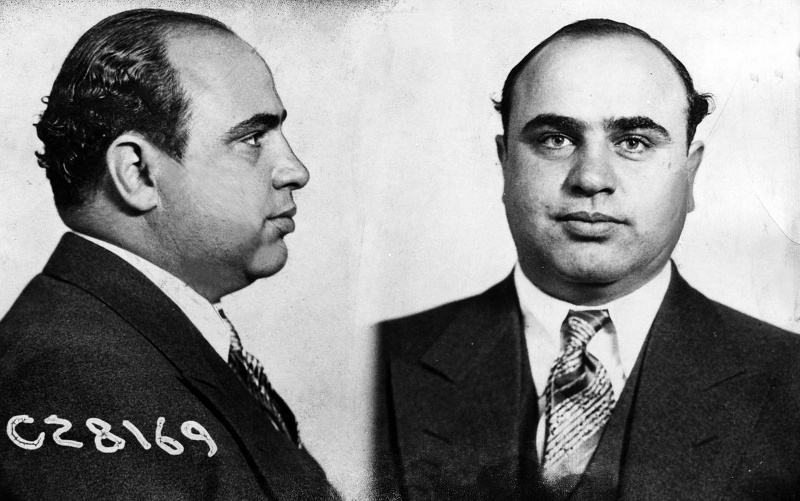Organized crime gets involved
Prohibition gave organized crime the opportunity to take control of smuggling routes and distribution networks, such as speakeasies. When prohibition ended in the U.S. in 1933, there was no way it would give up this highly lucrative illegal trade.

Gangsters ran a network of underground bars. They were well hidden behind false walls or in basements with camouflaged entrances.
One example among many was liquor smuggling from the islands of St. Pierre and Miquelon. The liquor went to Boston by boat. To evade the Coast Guard, vessels were equipped with aircraft engines, smoke-making machines and encrypted communication systems. From Boston, the liquor was trucked to Fair Haven, Vermont. This is where the Bessette family comes in.
André Bessette recounts stories about liquor on St-Pierre-et-Miquelon (captions available in both French and English). View this video with an English transcript.
People knew who the local bootleggers were, but no one gave them a hard time. Yesterday’s bootleggers became respected citizens; they successfully ran legitimate businesses that served the public in multiple ways. There is no shame in having bootleggers in the family.
André Bessette says smugglers were held in high regard (captions available in both French and English). View the video with an English transcript.


